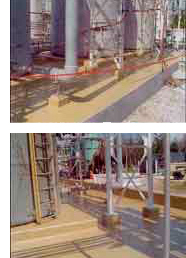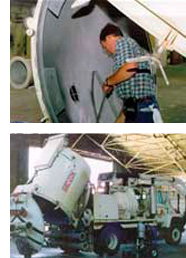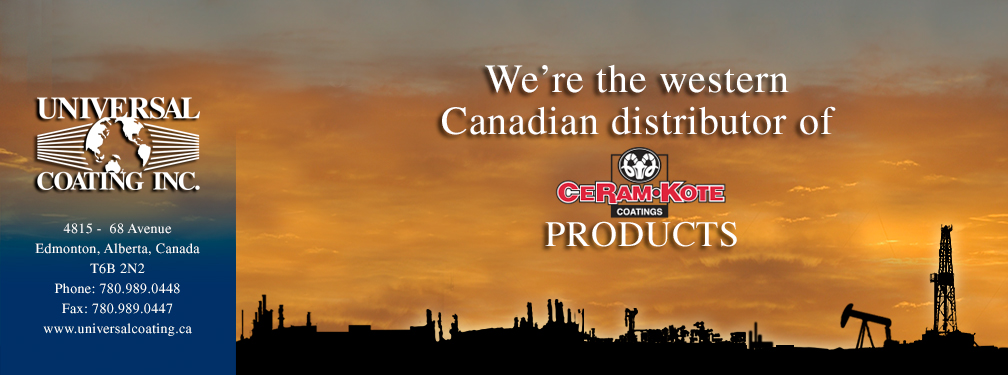CeRam-Kote 2000 Applications
 Problem: Several years of spills of hydrochloric acid (HCl) and related wastewater had deteriorated the concrete in the secondary containment. The company was looking for a coating that would offer future protection of the concrete against corrosion and erosion. No previous coatings were able to withstand the environment, leaving the concrete unprotected.
Problem: Several years of spills of hydrochloric acid (HCl) and related wastewater had deteriorated the concrete in the secondary containment. The company was looking for a coating that would offer future protection of the concrete against corrosion and erosion. No previous coatings were able to withstand the environment, leaving the concrete unprotected.
Solution: CeRam-Kote 2000 was selected for its corrosion resistance and ceramic content. The concrete was tested, failed concrete removed, replaced and resurfaced. CeRam-Kote 2000 was applied by roller to the secondary containment areas of the chemical plant. There were no application problems. The Project Engineer reported a spill soon after the application with no apparent effect to the CeRam-Kote 2000 or the concrete it was protecting.
 Problem: The City of Big Spring, U. S. A. purchased the Vac-Con truck with the standard factory finish on the inside of the debris tank. Corrosive waste matter and the severe abrasion of 60 mph suction intake velocity caused the finish on the interior of the debris tank to break down. The originial coating became difficult to clean and the interior of the tank began to corrode.
Problem: The City of Big Spring, U. S. A. purchased the Vac-Con truck with the standard factory finish on the inside of the debris tank. Corrosive waste matter and the severe abrasion of 60 mph suction intake velocity caused the finish on the interior of the debris tank to break down. The originial coating became difficult to clean and the interior of the tank began to corrode.
Solution: CeRam-Kote was selected for use in the Vac-Con debris tank due to its previous success in the City of Big Spring’s wastewater applications, as well as CeRam-Kote 54®’s performance in previous Vac-Con applications. The CeRam-Kote 2000 formula was selected for the City of Big Spring’s debris tank for its high performance, chemical resistance and cleanability. CeRam-Kote 2000 was applied to the interior of the properly prepared tank at the Freecom facility. City personnel recently inspected the interior of the Vac-Con debris tank. They reported they were very pleased with CeRam-Kote 2000’s performance, stating it was very easy to clean and ?the coating looked like it did the day it was applied.?
Download CeRam-Kote 2000 Product Data Sheet (pdf file)


